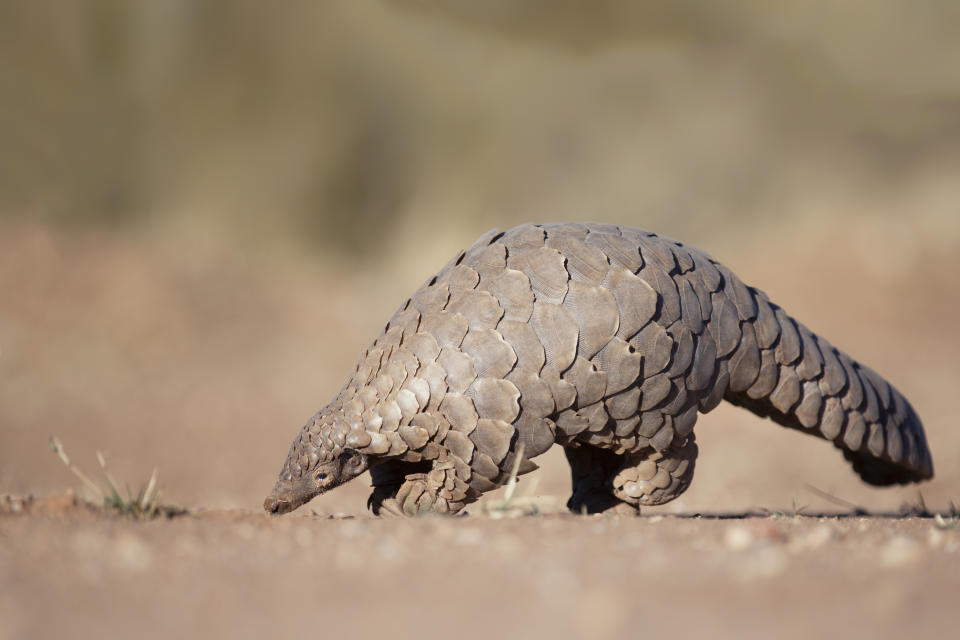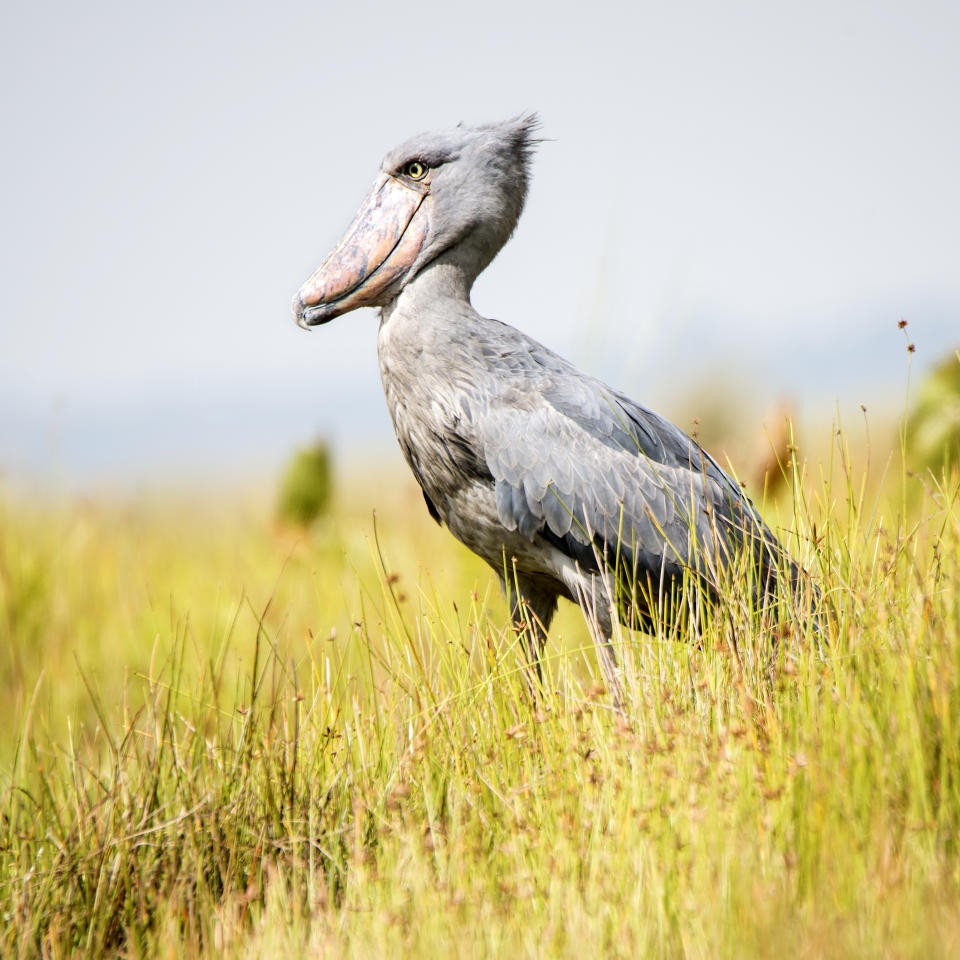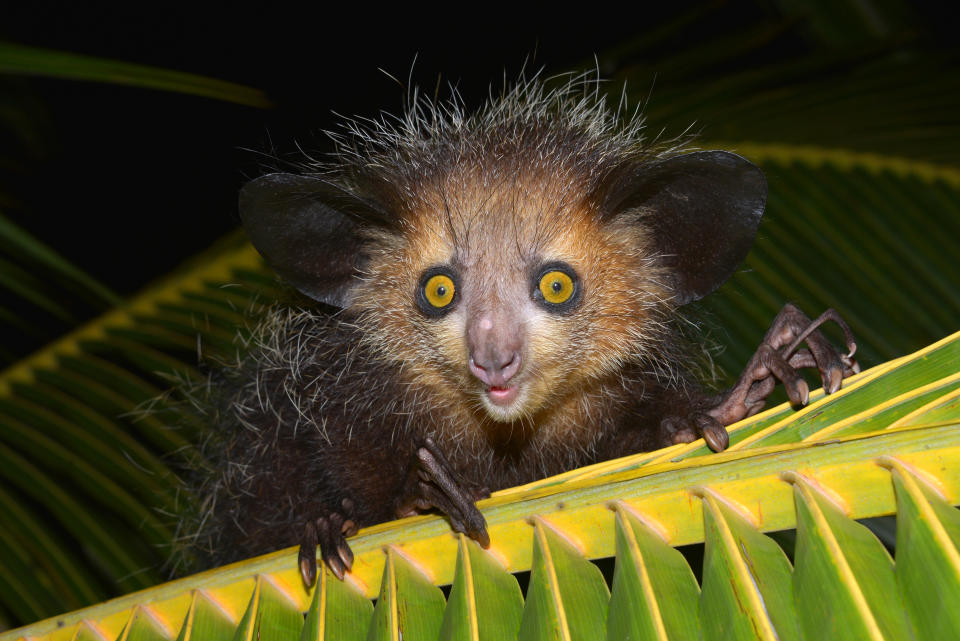Human activity 'threatens 50 billion years of evolution on our planet'

The ‘human footprint’ on Planet Earth threatens billions of years of evolutionary heritage, new research has shown.
Research by Imperial College London and Zoological Society of London (ZSL) mapped the history of amphibians, birds, mammals and reptiles – focusing on species under threat.
The researchers found that areas of our planet home to the huge number of species – and billions of years’ worth of evolutionary history – are the most threatened.
This means that billions of years’ worth of evolutionary history could be wiped out by the extinction of just a few species, the researchers say.
Read more: Evolution tells us we might be the only intelligent life in the universe
Areas with huge amounts of evolutionary history – including the Caribbean, the Western Ghats of India, and large parts of Southeast Asia – are facing unprecedented levels of human pressure.
Dr James Rosindell, from Imperial College, added: “Our findings highlight the importance of acting urgently to conserve these extraordinary species and the remaining habitat that they occupy – in the face of intense human pressures.”

Using extinction risk data for around 25,000 species, the researchers also calculated the amount of evolutionary history – branches on the tree of life – currently threatened with extinction.
Added together, they found at least 50 billion years of evolutionary heritage is under threat.
The researchers believe this figure is an underestimate, due to a large number of species which lack adequate extinction risk data which may also be threatened.
Read more: Our species may have reached Europe earlier than we thought
The greatest losses of evolutionary history will be driven by the extinction of entire groups of closely-related species that share long branches of the tree of life, such as pangolins and tapirs.
Also damaging will be the loss of species which are very distinct from others, which sit alone at the end of extremely long branches, such as the ancient Chinese crocodile lizard (Shinisaurus crocodilurus), the shoebill (Balaeniceps rex), a gigantic bird that stalks the wetlands of Africa, and the aye-aye (Daubentonia madagascariensis), a nocturnal lemur with large yellow eyes and long spindly fingers.

Lead author Rikki Gumbs, of ZSL said: “Our analyses reveal the incomprehensible scale of the losses we face if we don’t work harder to save global biodiversity.
“To put some of the numbers into perspective, reptiles alone stand to lose at least 13 billion years of unique evolutionary history, roughly the same number of years as have passed since the beginning of the entire universe.”
Read more: Evolution is predictable and ‘would happen the same way again’
This new study highlights priority species for conservation, based on their evolutionary uniqueness, the researchers say.
The research also highlights many lesser known species, about which little is currently understood by scientists, as priorities for further research.
“These are some of the most incredible and overlooked animals on Planet Earth,” added Dr Gumbs.
“From legless lizards and tiny blind snakes to pink worm-like amphibians called caecilians, we know precious little about these fascinating creatures, many of which may be sliding silently toward extinction.”

 Yahoo News
Yahoo News 
